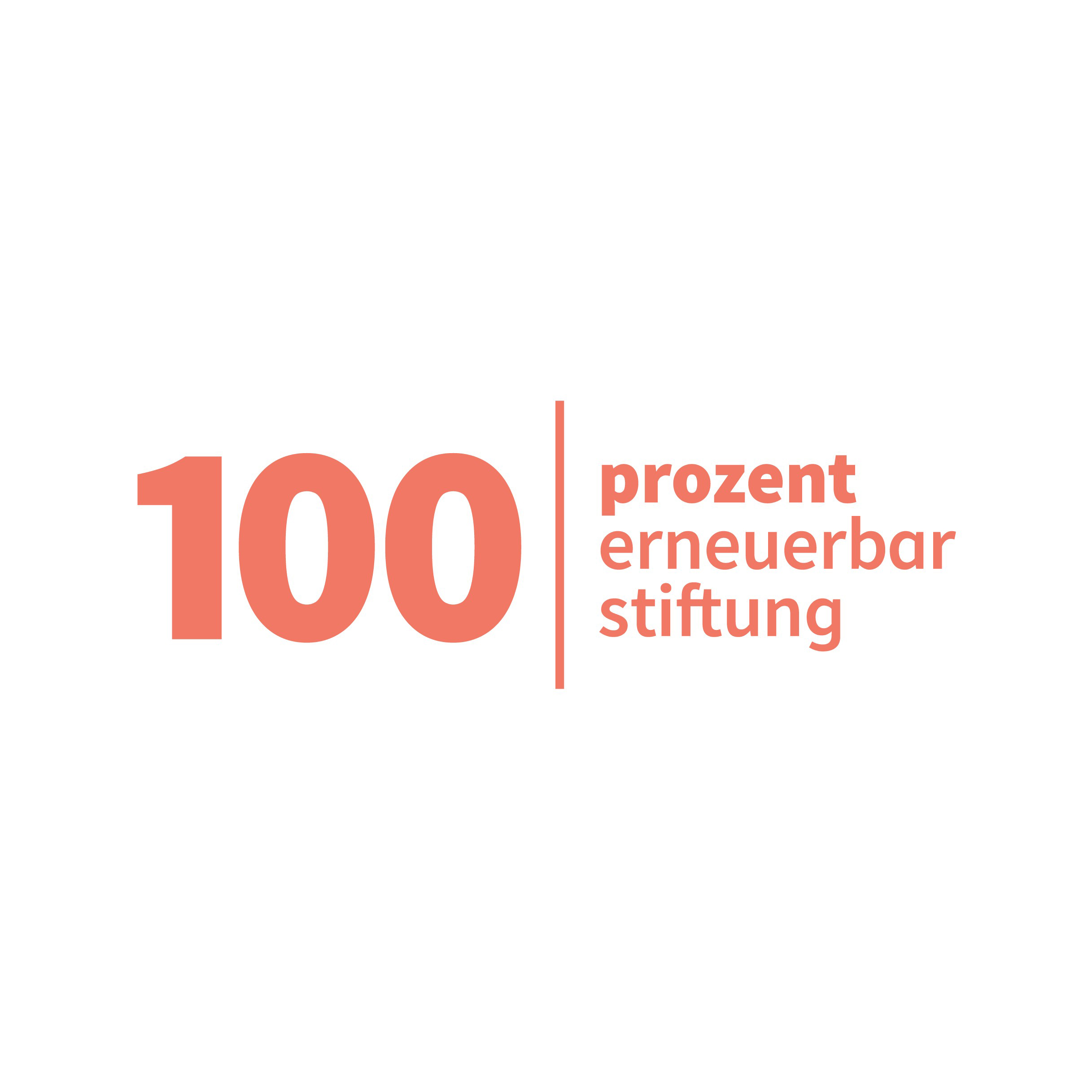
The study “Renewable Power-to-Heat in Hajnówka” illustrates the possibility and the necessity of converting the fossil heating network of the Polish city of Hajnówka to renewable energy.
Status Quo in Hajnówka
The current district heating system in Hajnówka, in eastern Poland, is largely based on a central coal-fired system. This system is very CO2-intensive, partly due to the use of low-grade coal in the furnace.
The town of Hajnówka has a strong interest in reducing CO2 emissions, as it is located on the edge of the UNESCO World Natural Heritage Site and Biosphere Reserve of the Białowieża National Park and wants to protect it. This national park is home to one of the last natural primeval forests in Eu-rope and is home to the European bison.
The Project
The 100 prozent erneuerbar stiftung has prepared a feasibility study in cooperation with the district (Powiat) of Hajnówka, the local municipal utilities and experts from the fields of engineering, politics and business from Poland, Germany and Austria. This study investigates whether and how regional wind and solar plants can provide electricity for large-scale heat pumps that replace the combustion of coal in the existing district heating system in Hajnówka, Poland.
The results show not only that a sustainable heat supply from renewables is technically feasible, but also that a conversion makes both economic and environmental sense in the long term.
According to preliminary calculations, full implementation of the feasibility study would lead to a remarkable reduction in CO2 emissions of up to 84 percent. At the same time, heat prices for con-sumers would remain largely stable over the operating period. In contrast, costs for customers would rise significantly if the existing fossil fuel system were to continue operating due to foreseea-ble increases in coal and CO2 prices. A price increase is to be expected from 2030 at the latest, when European CO2 certificate trading is extended to the heating sector.
This project not only illustrates the potential for decarbonization of the heating sector, but also emphasizes the importance of a sustainable and affordable heat supply for the city of Hajnówka. Given these compelling results, the city and county of Hajnówka are eager to see it implemented.
Further links
Publications for this entry
Renewable Power-to-Heat in Hajnówka
Machbarkeitsstudie zum Umstieg des Wärmenetzes von Kohle hin zu Erneuerbaren Energien in der Stadt Hajnówka, Polen.


